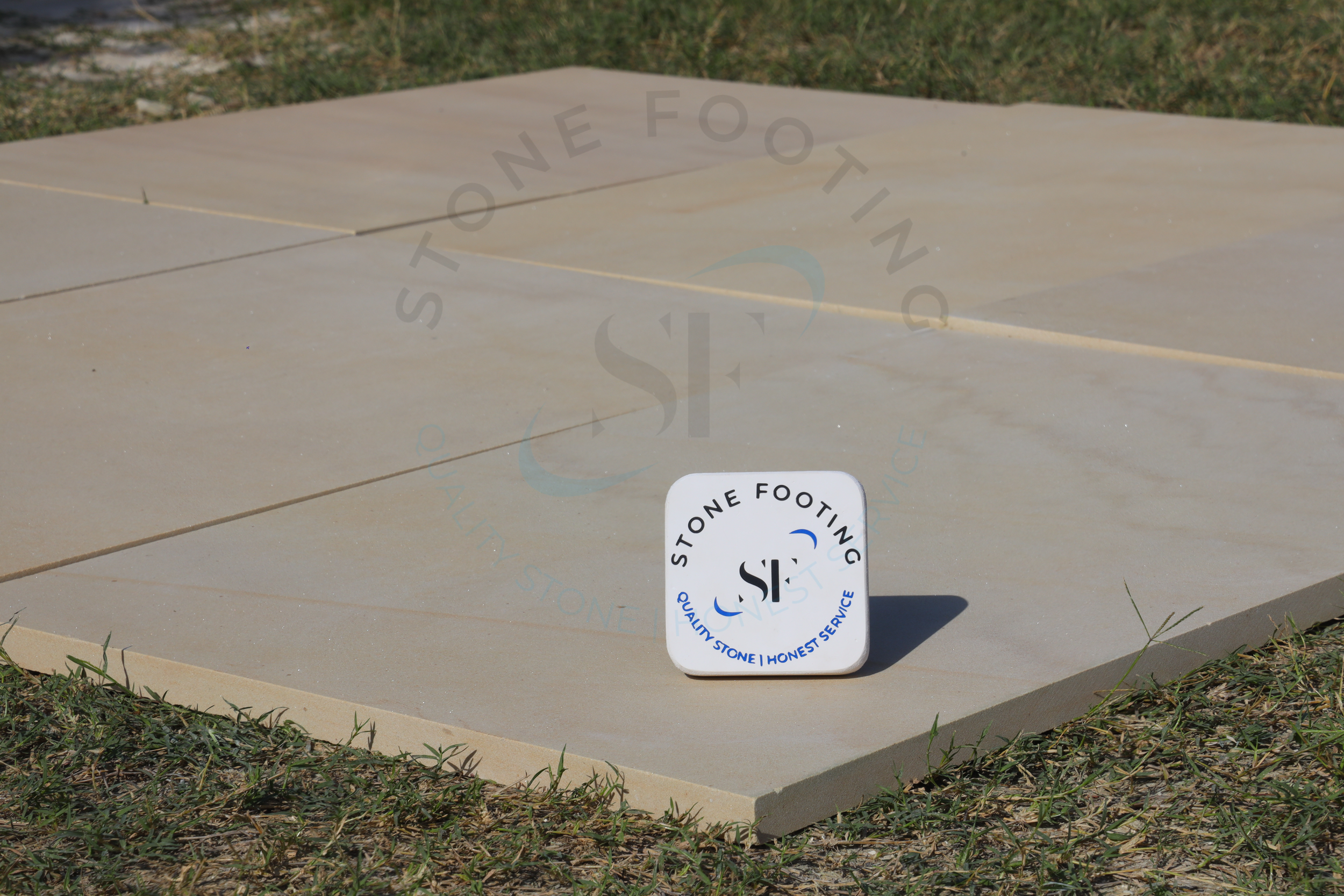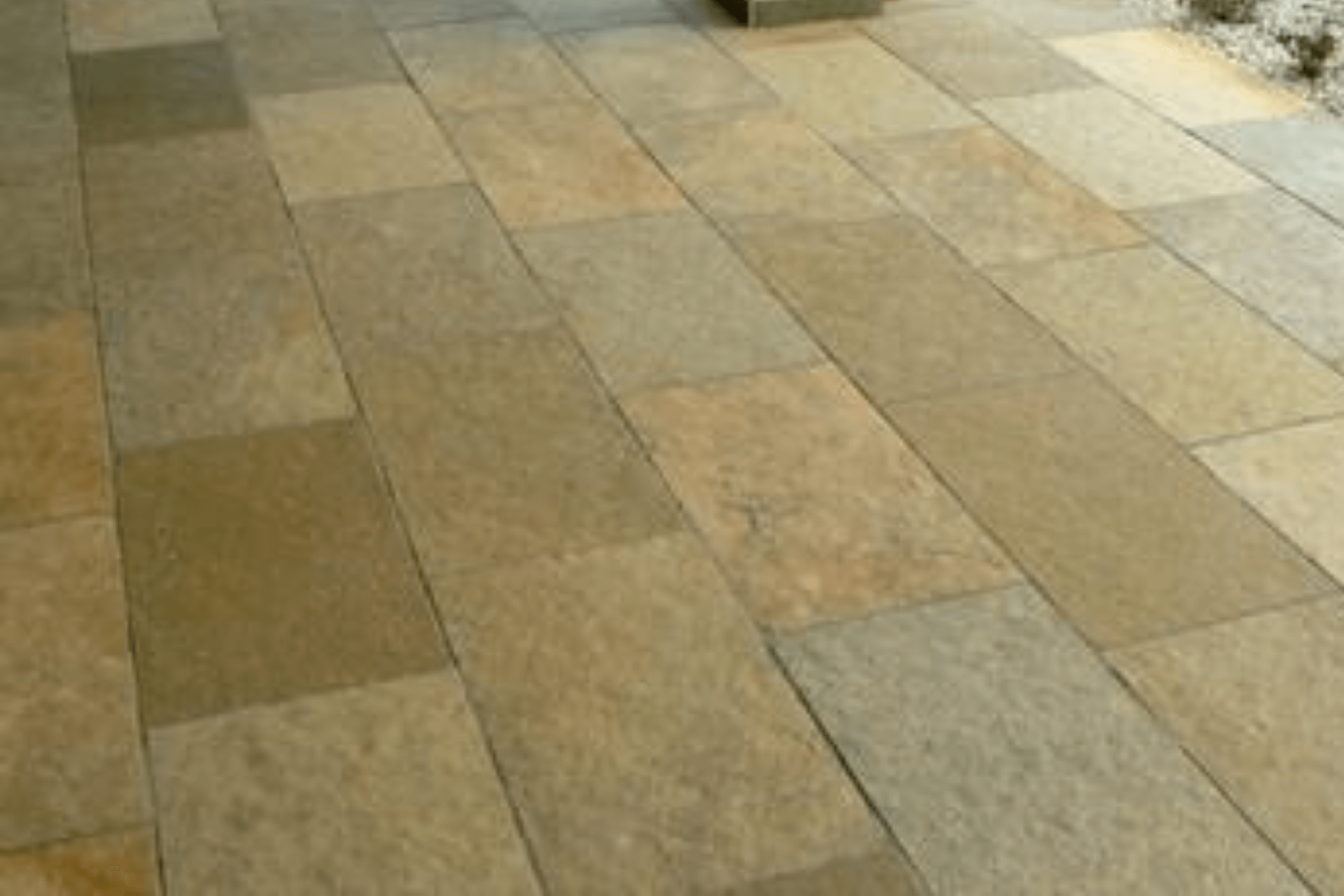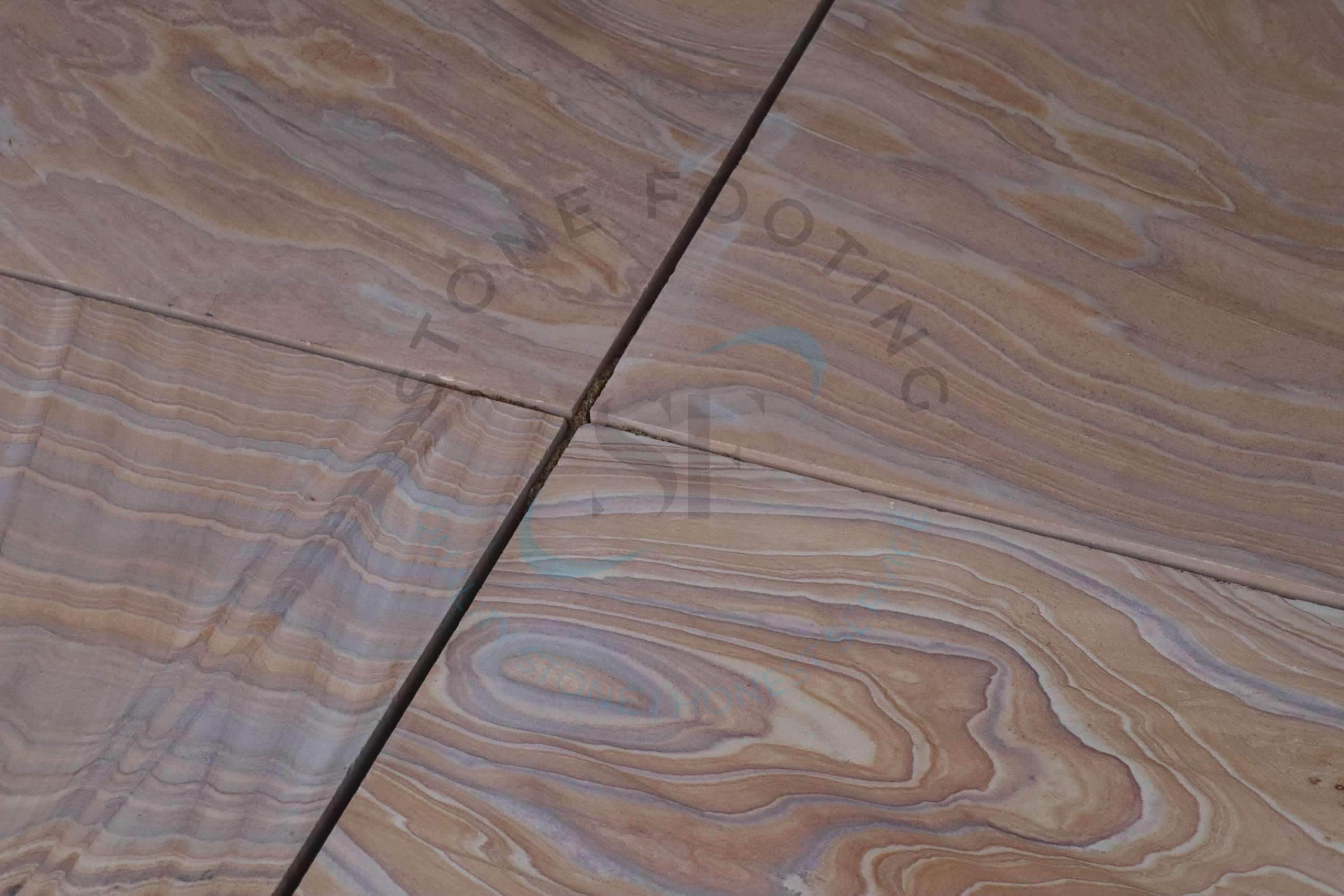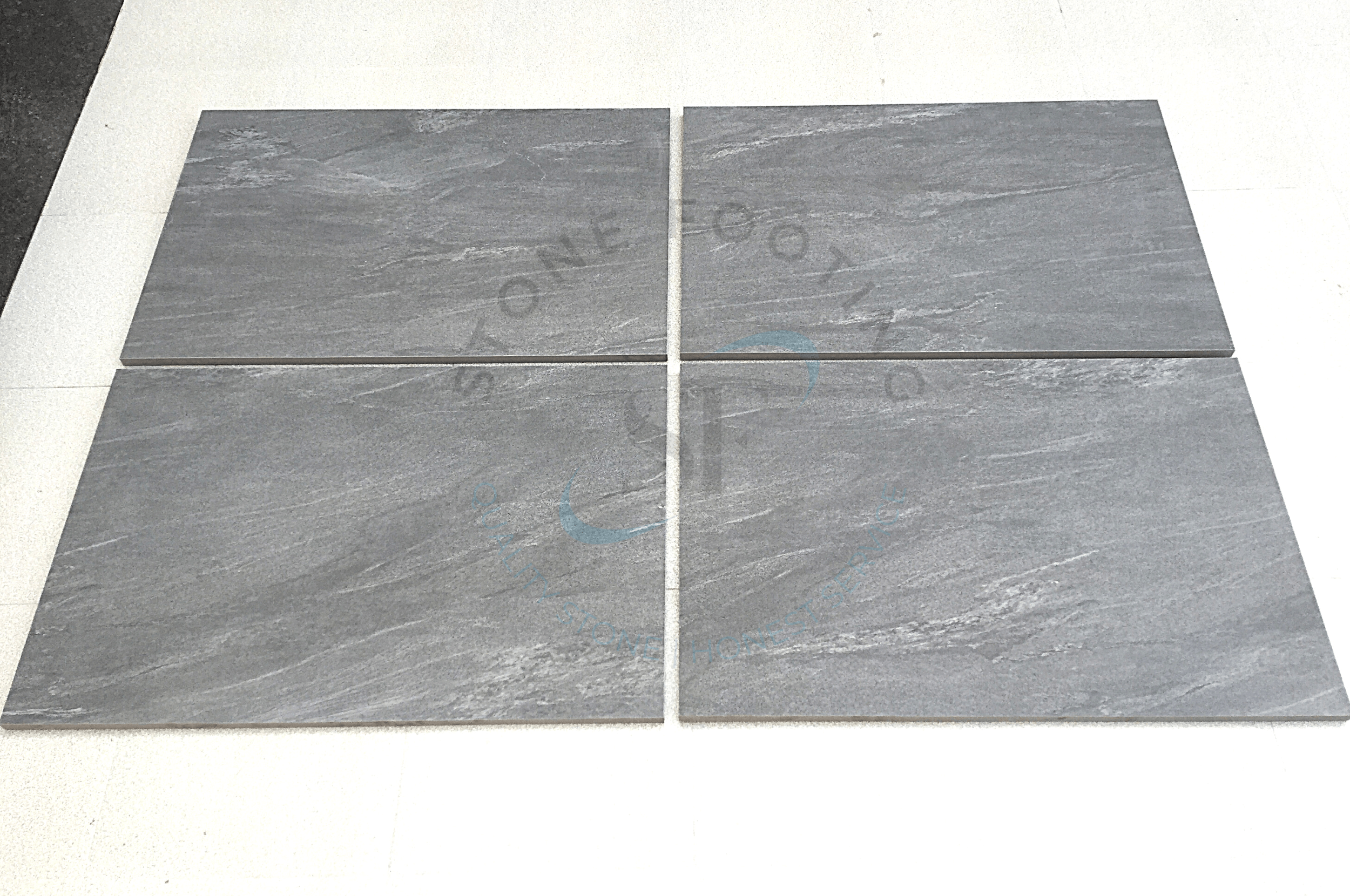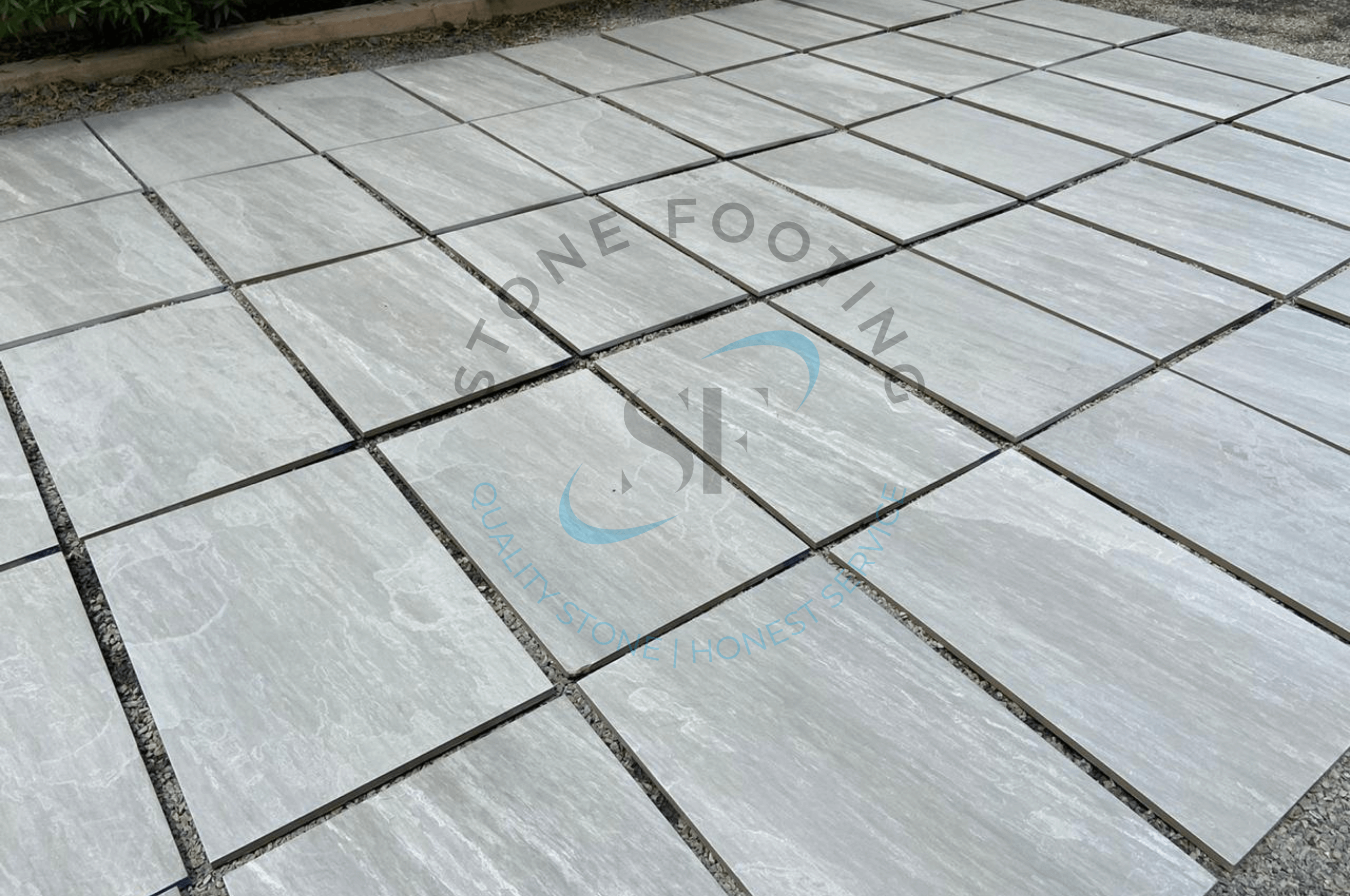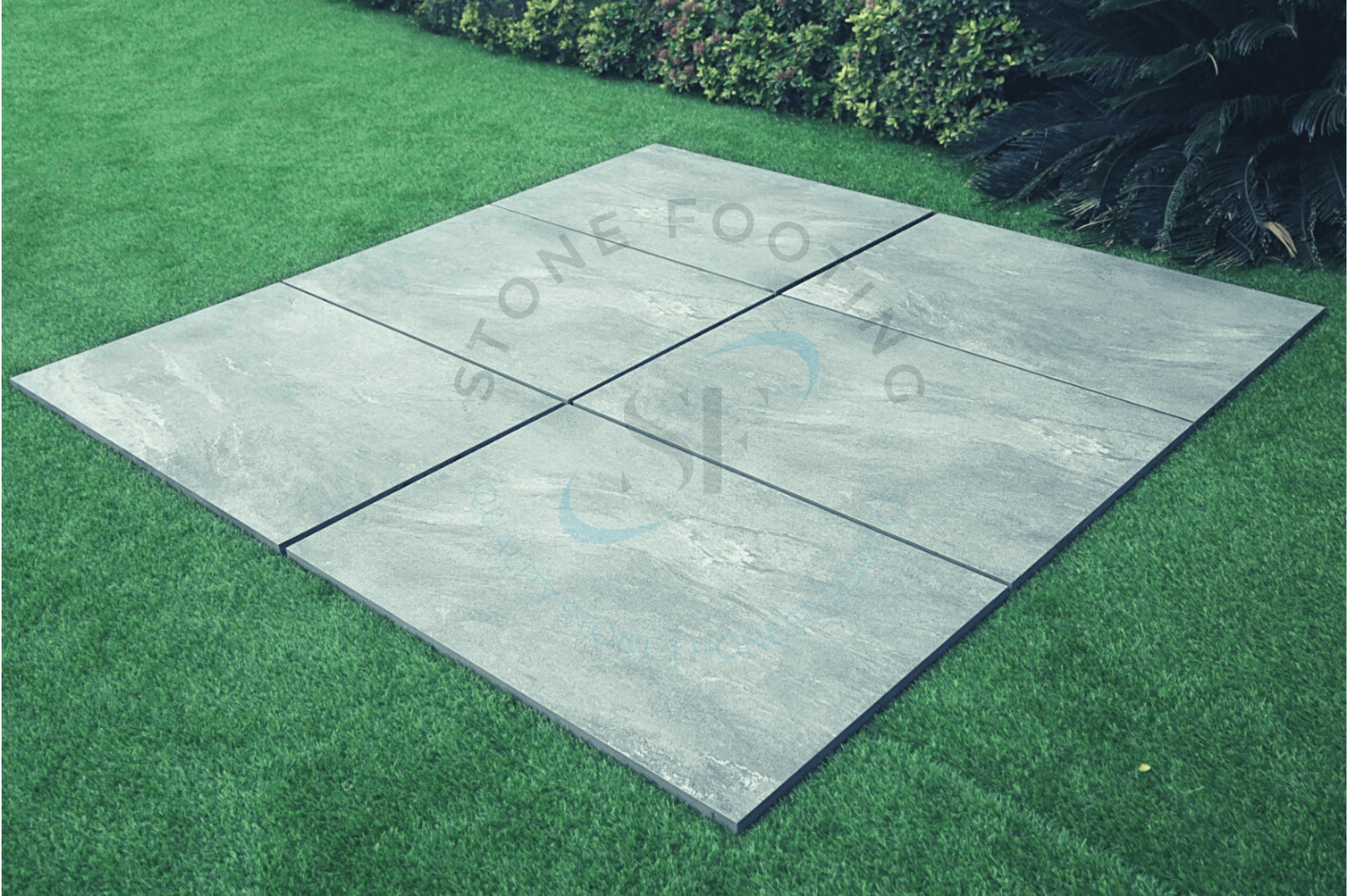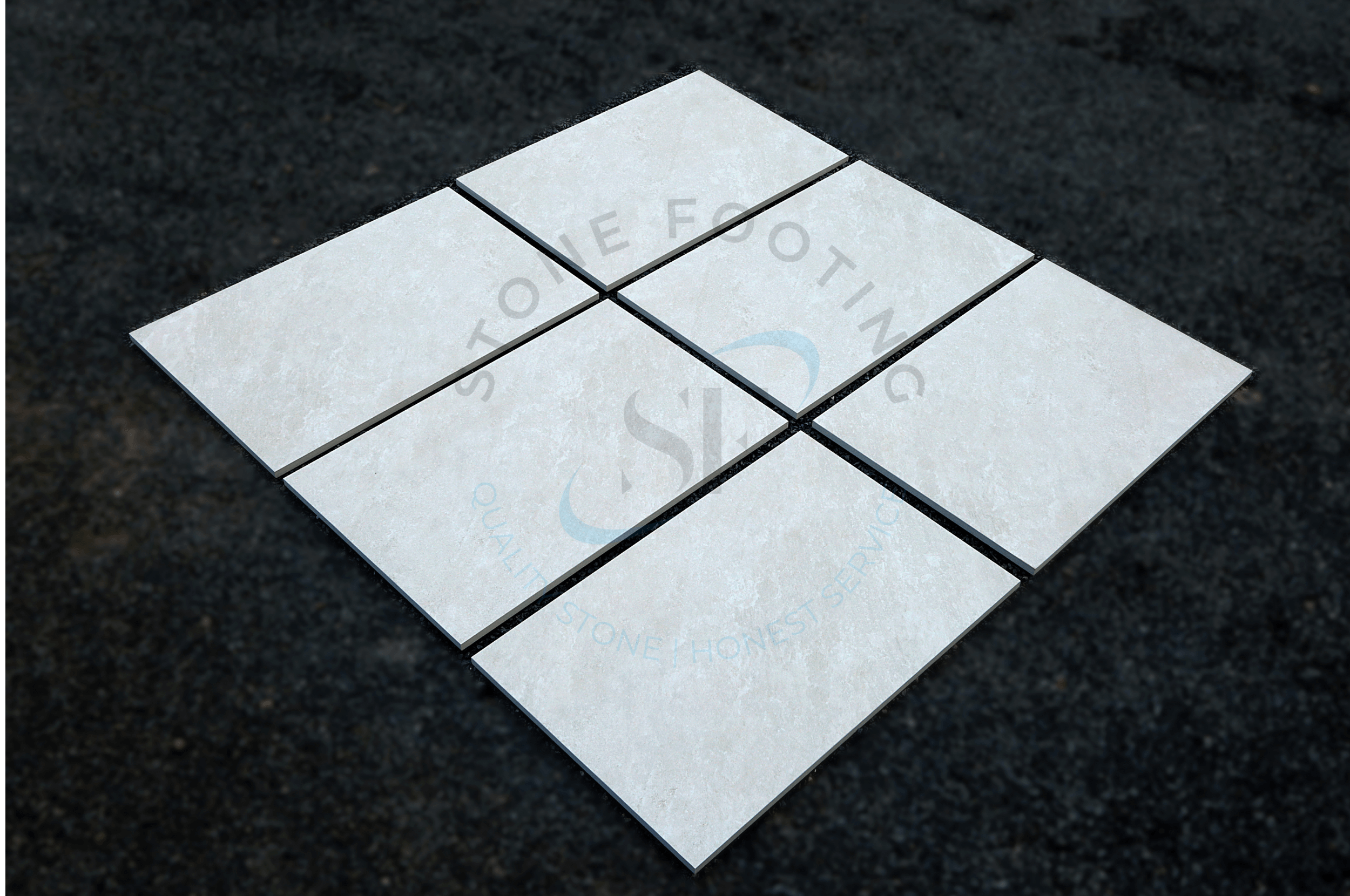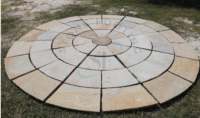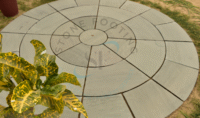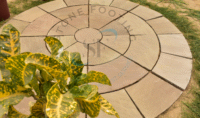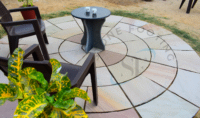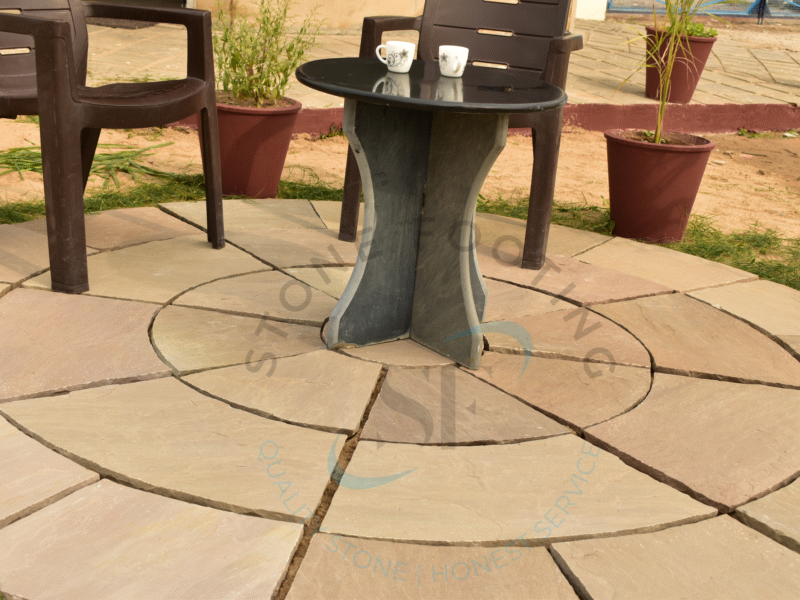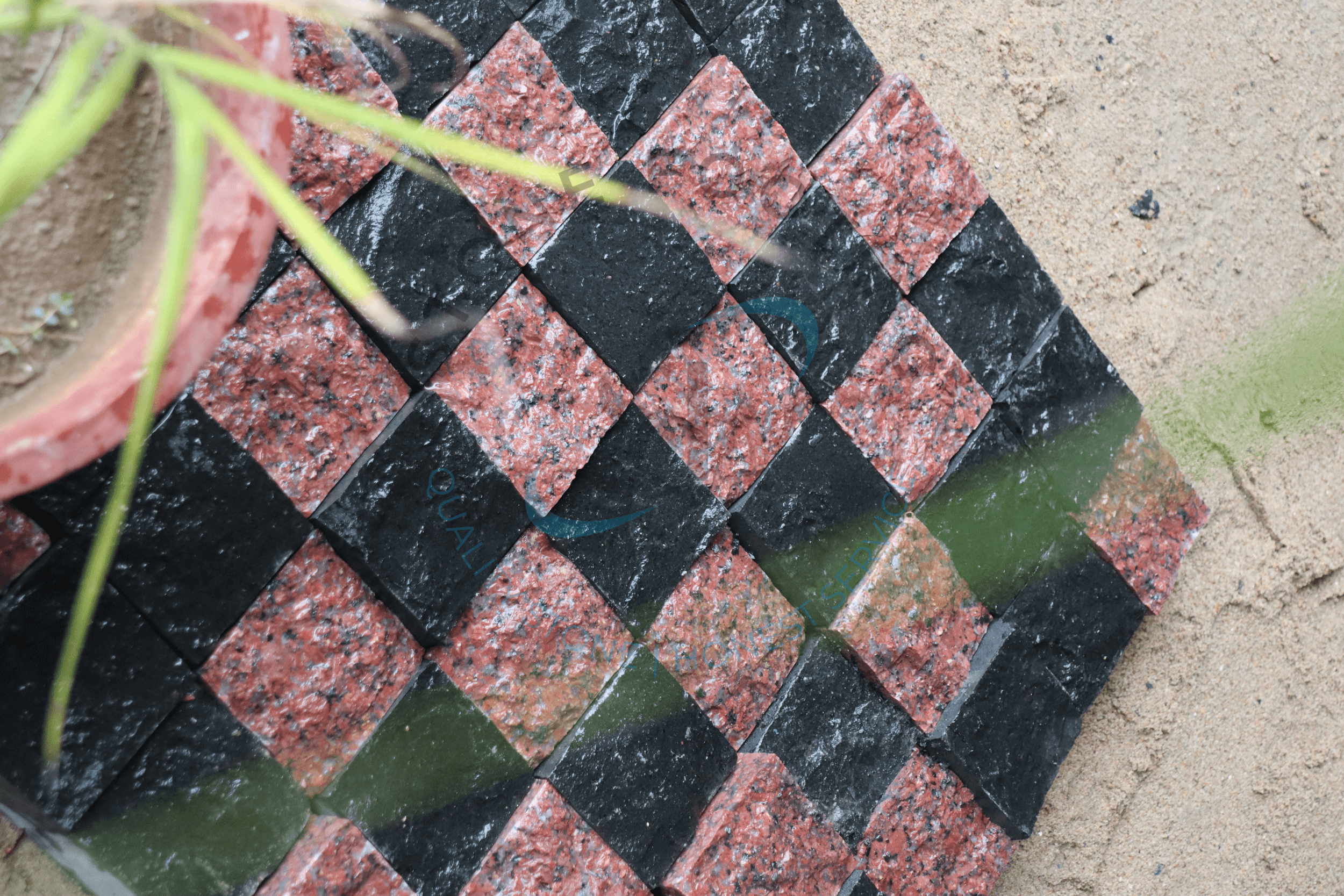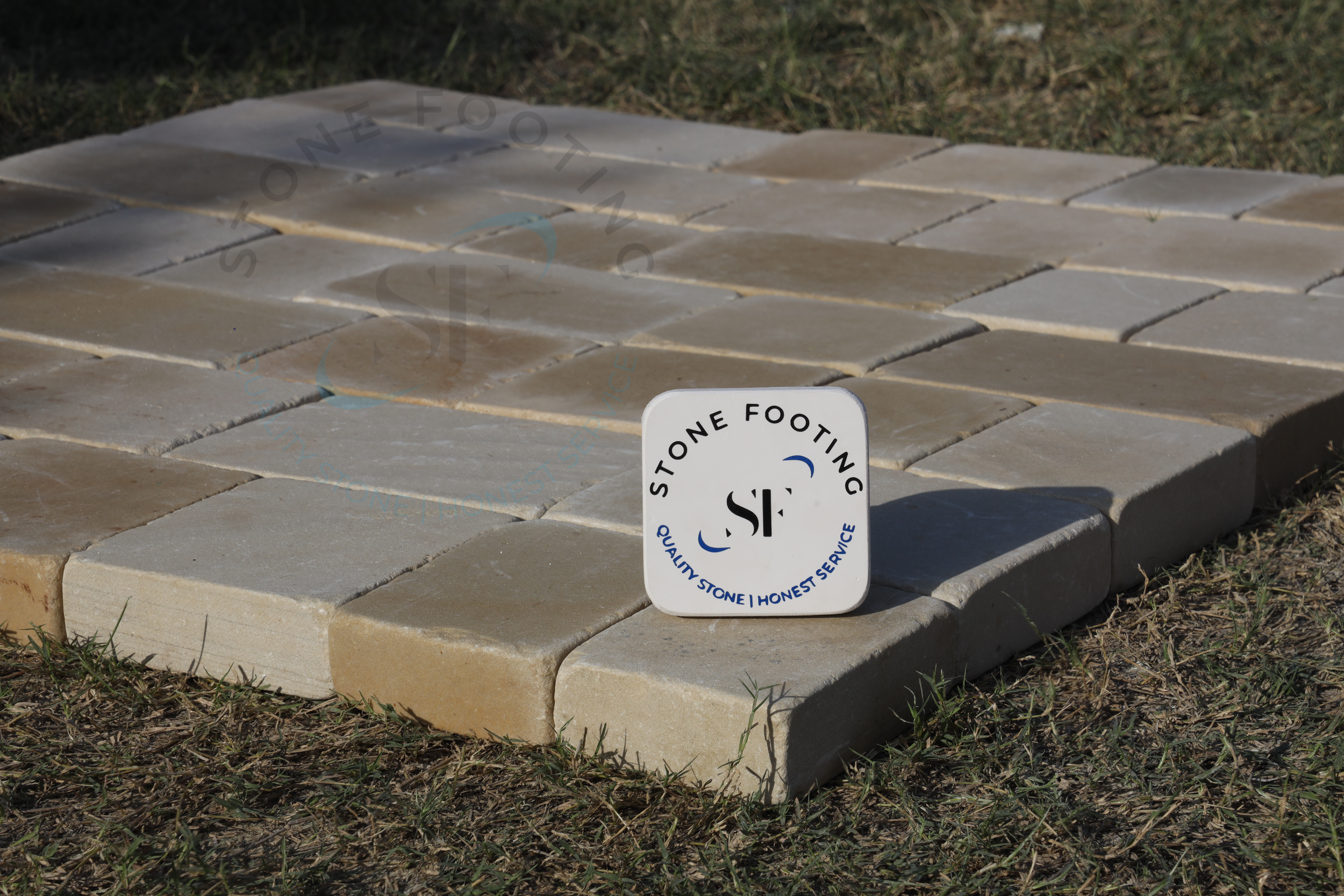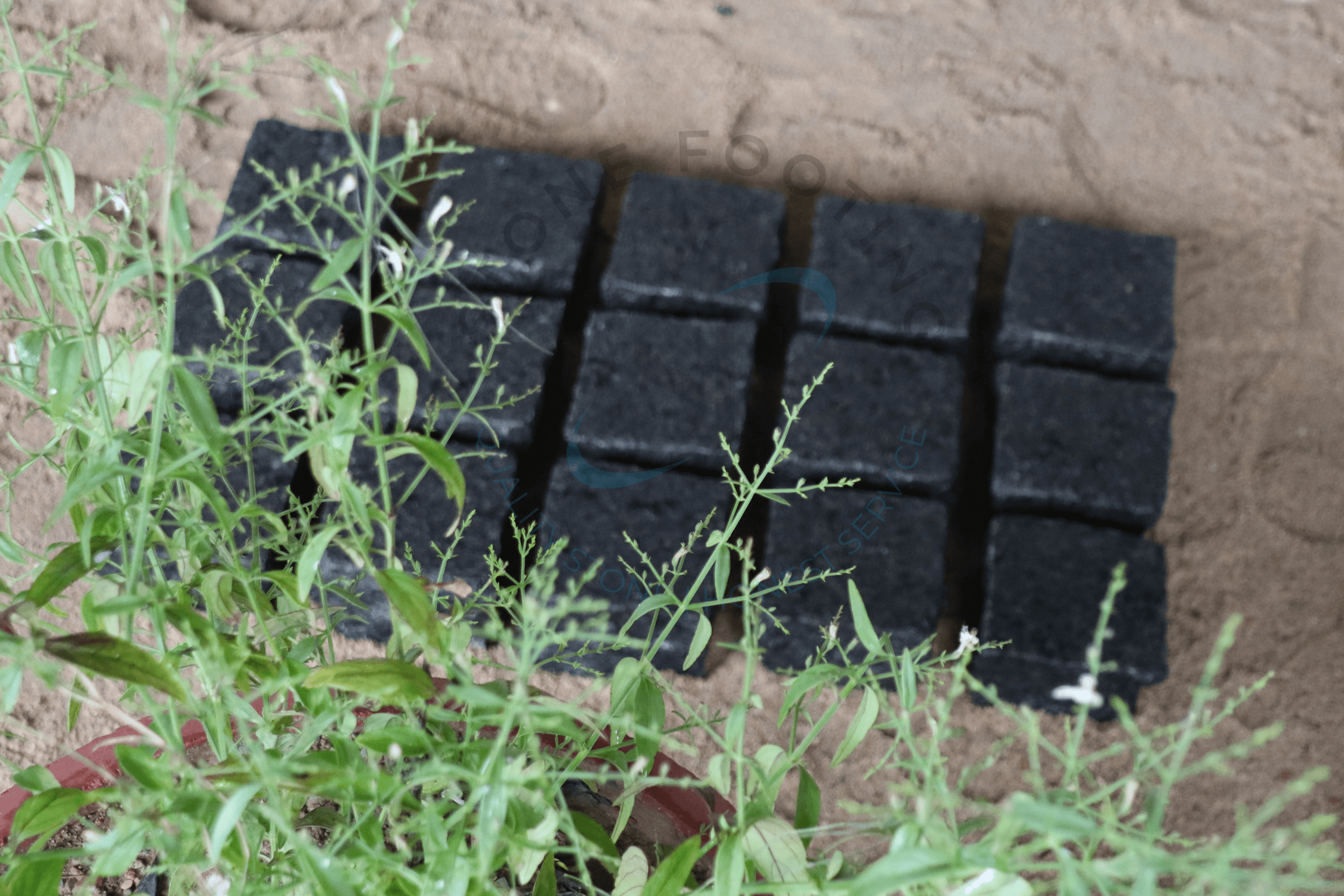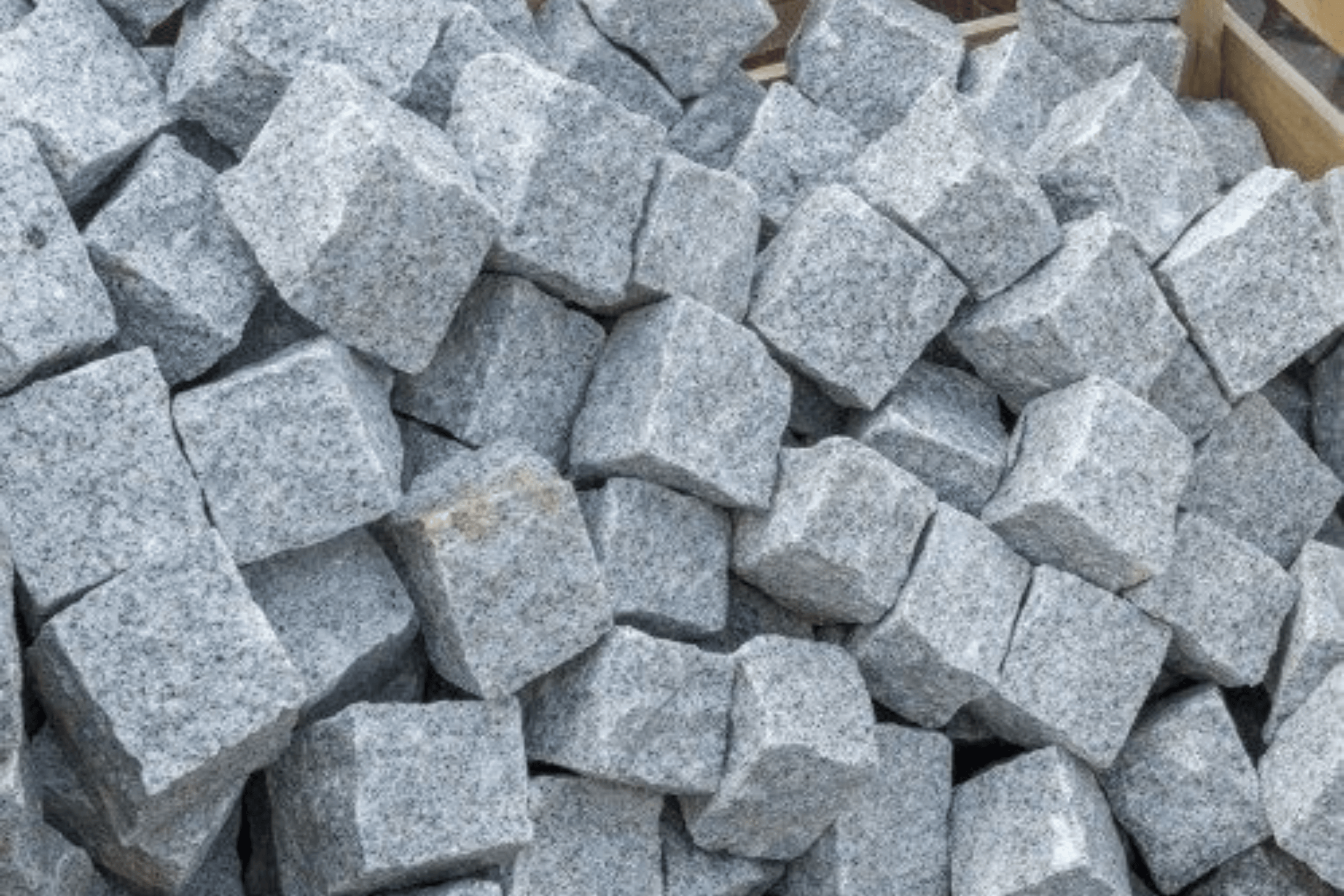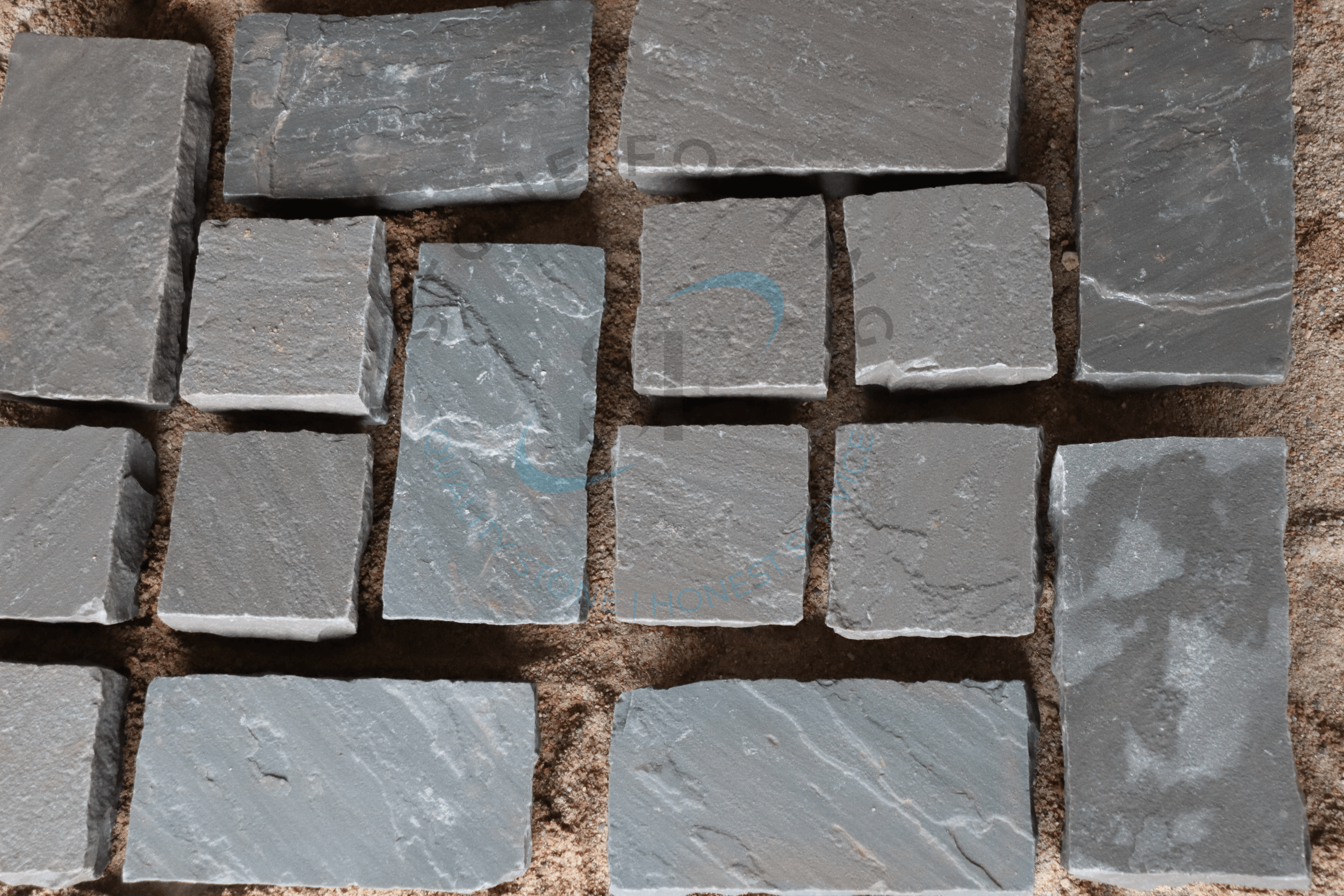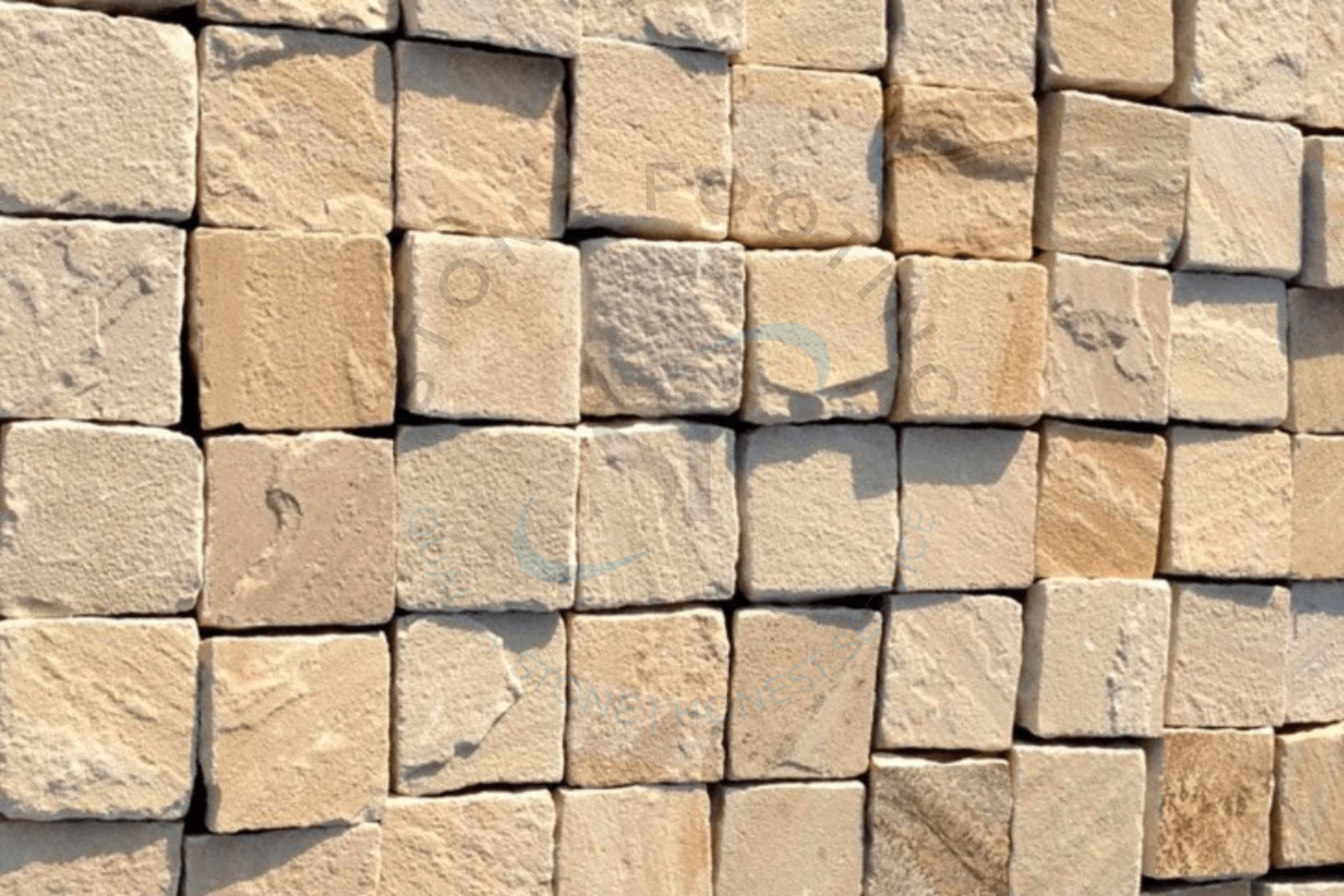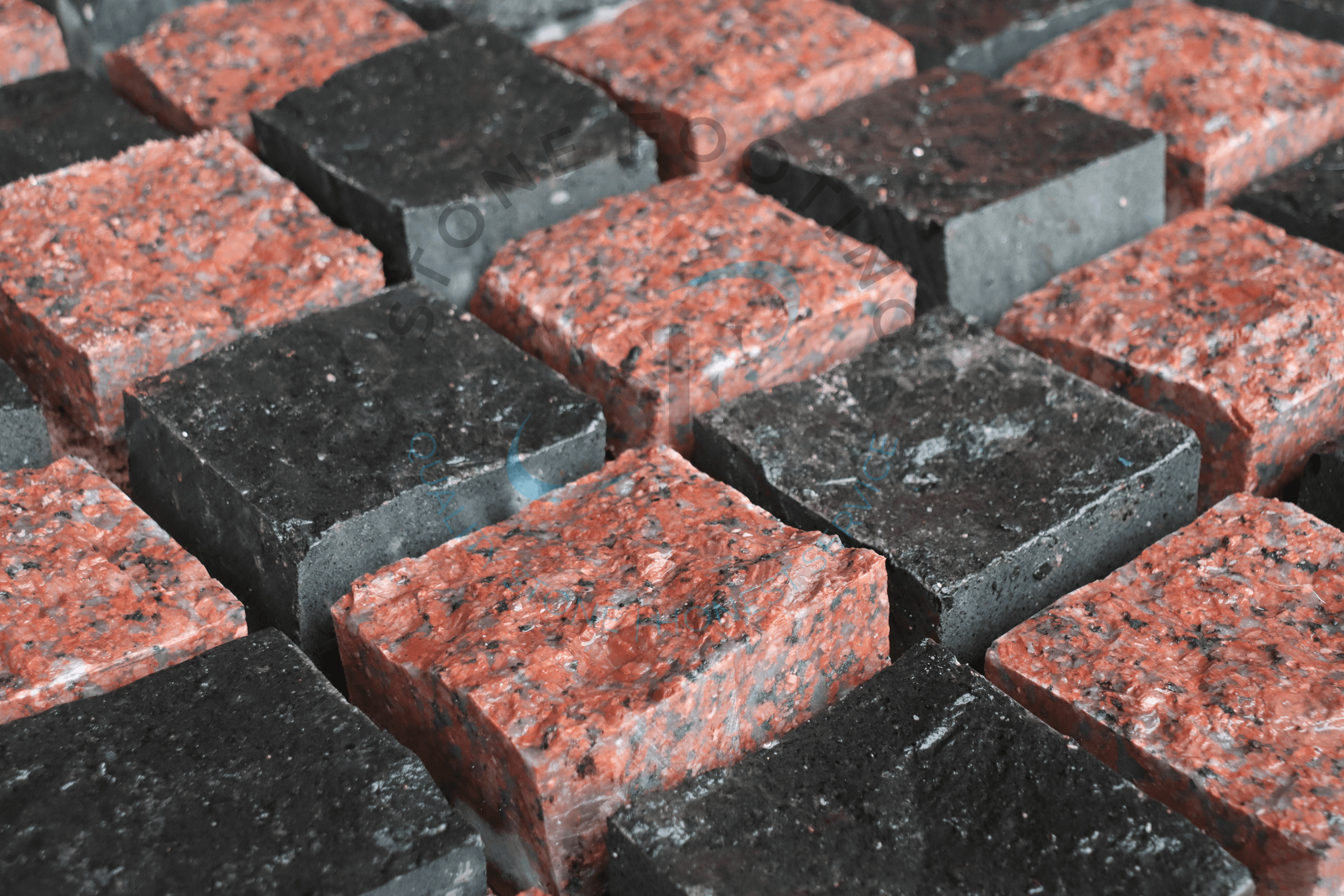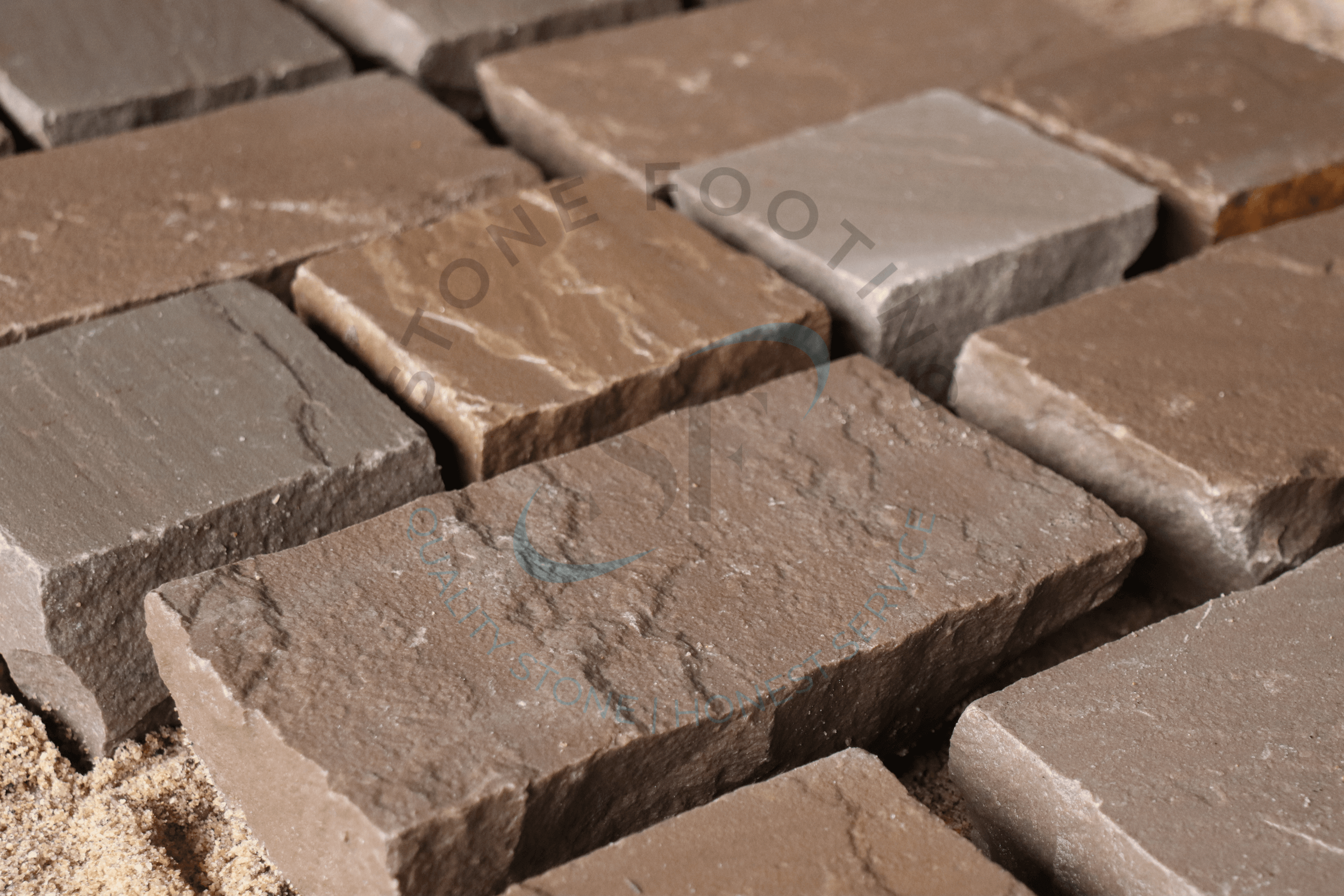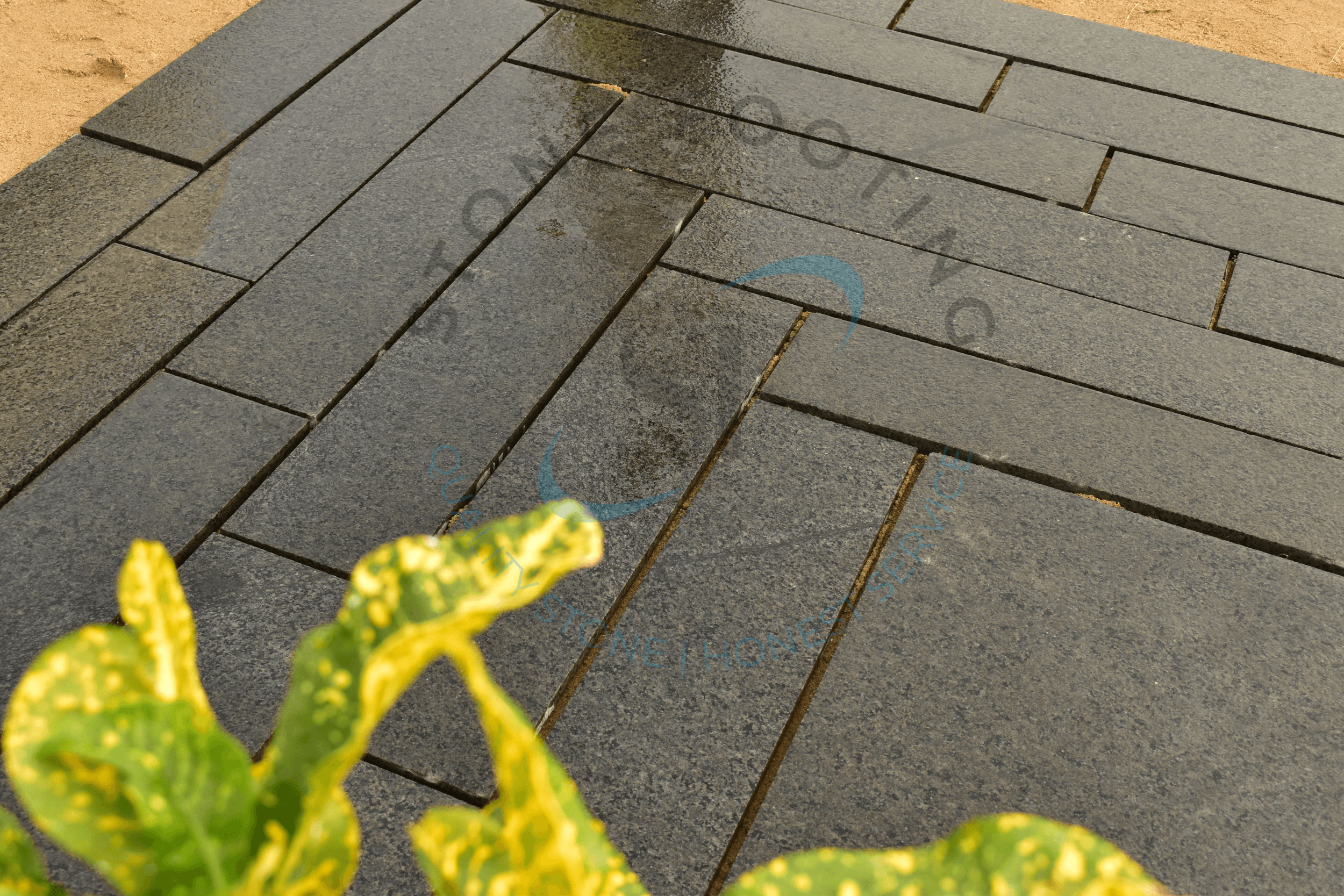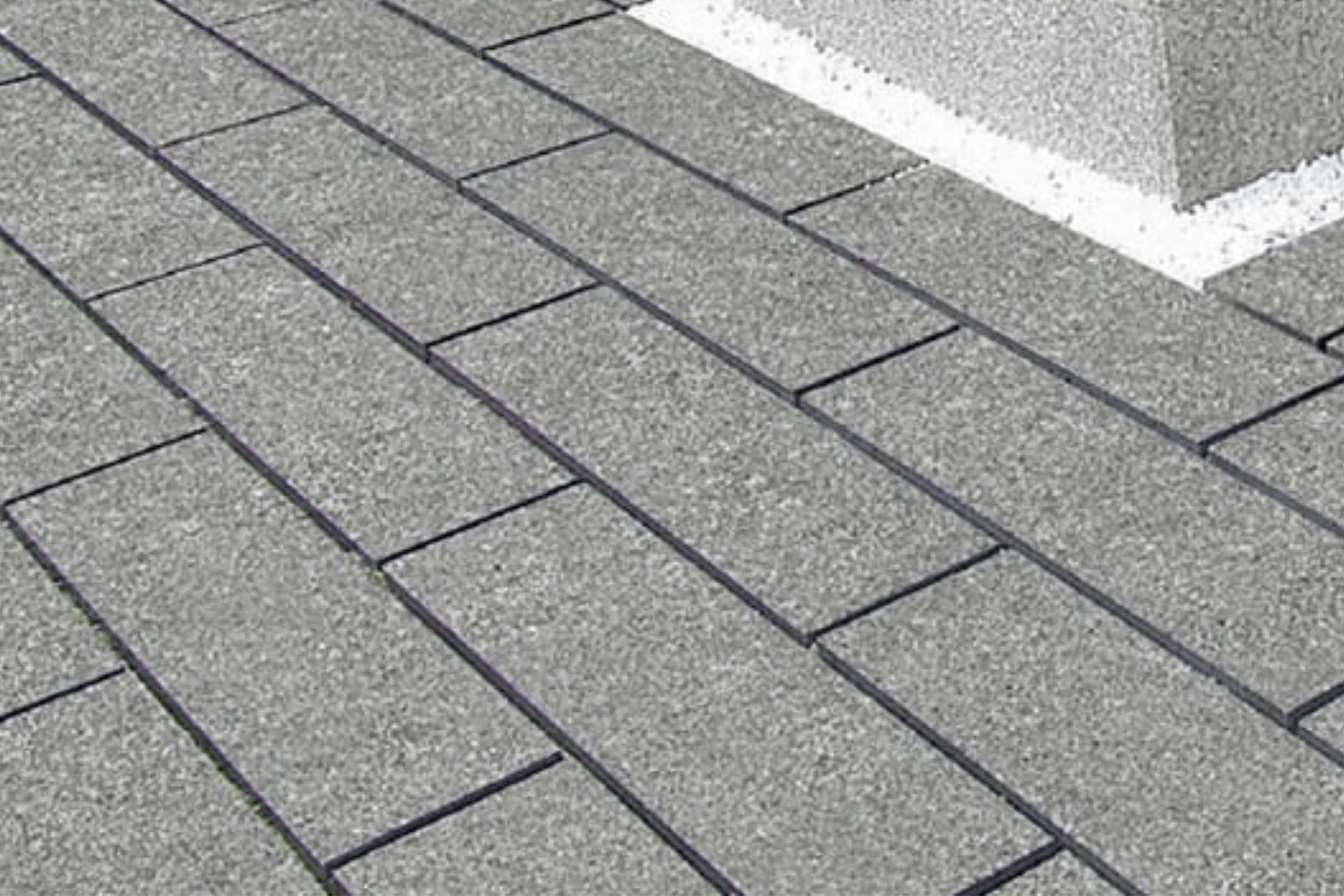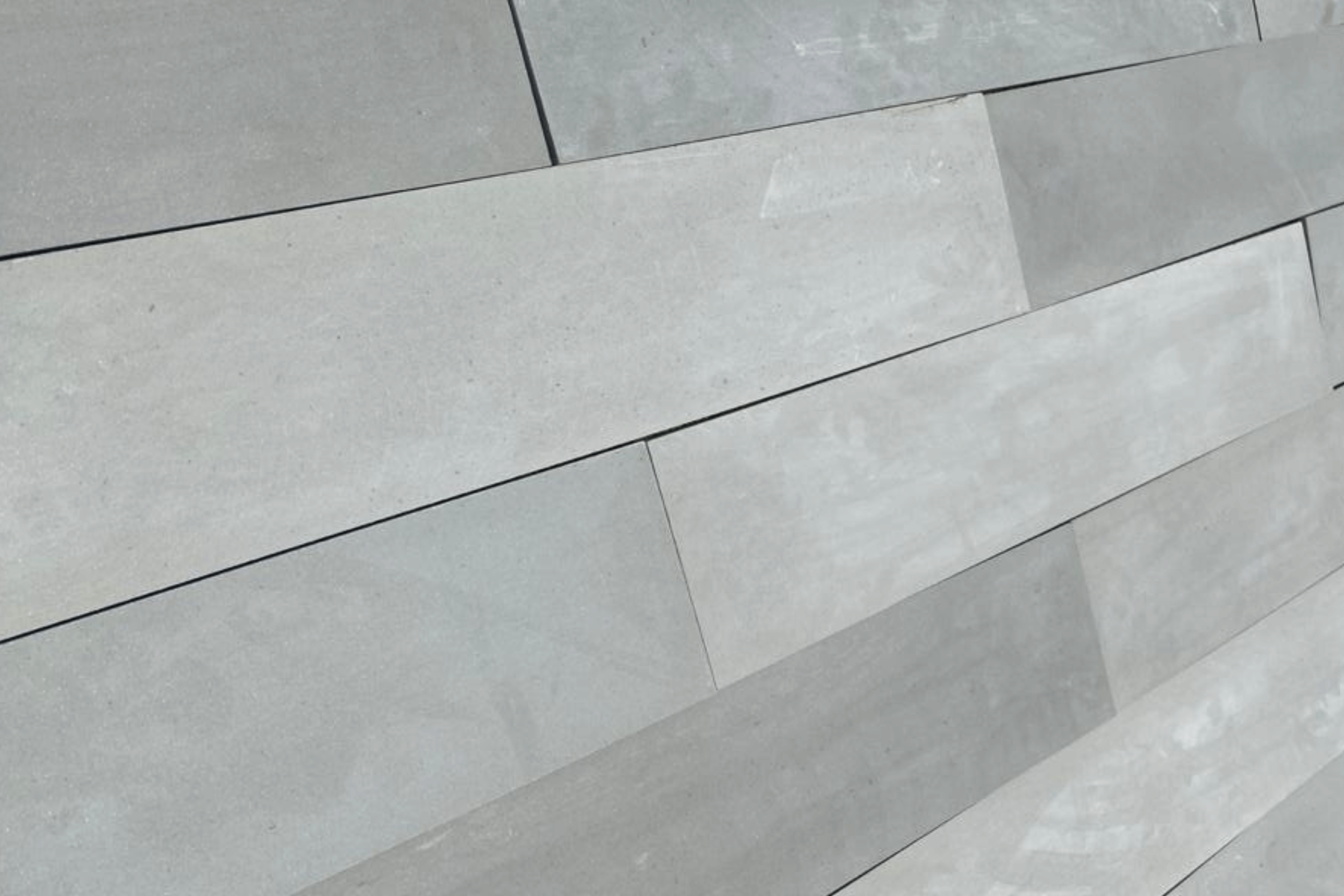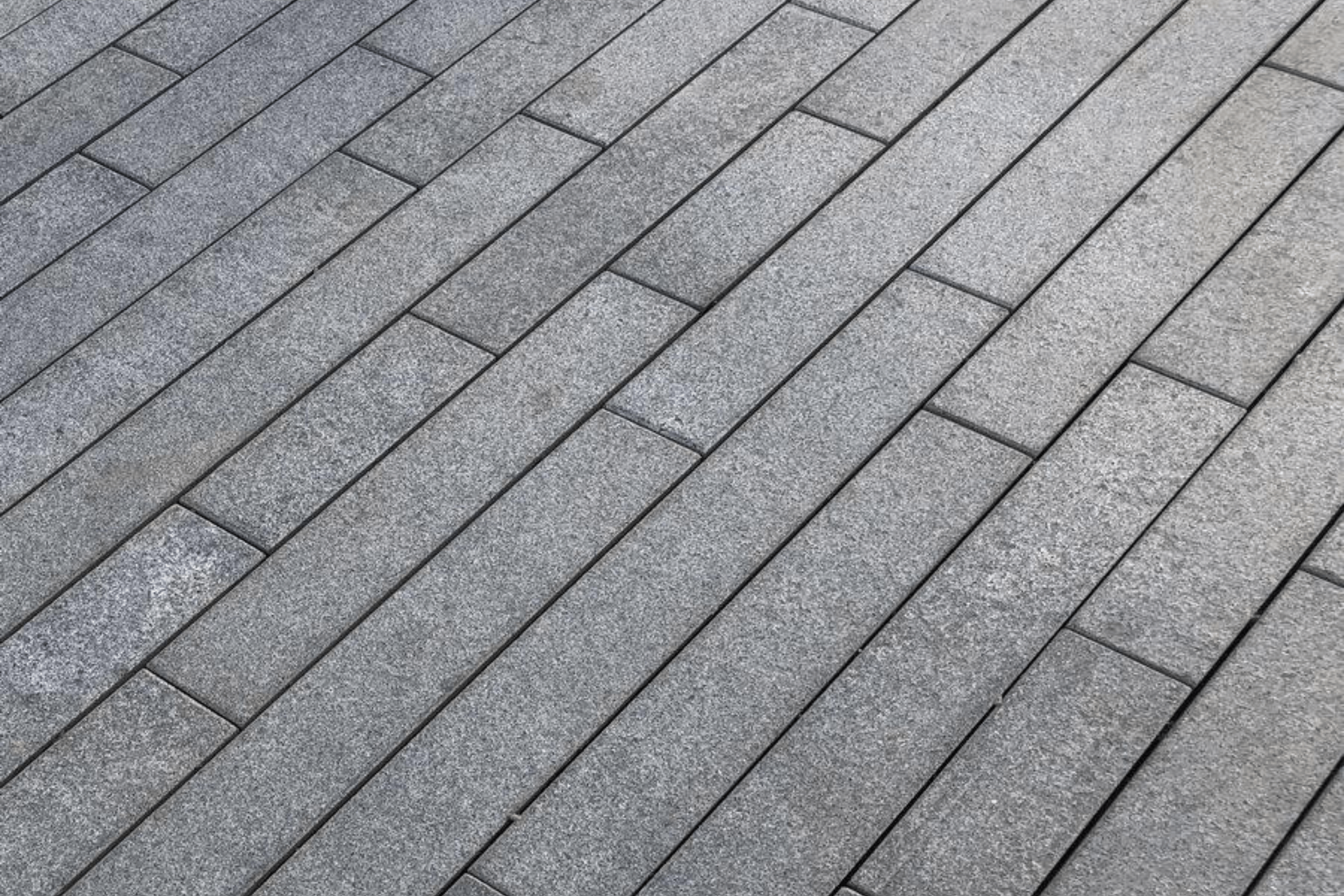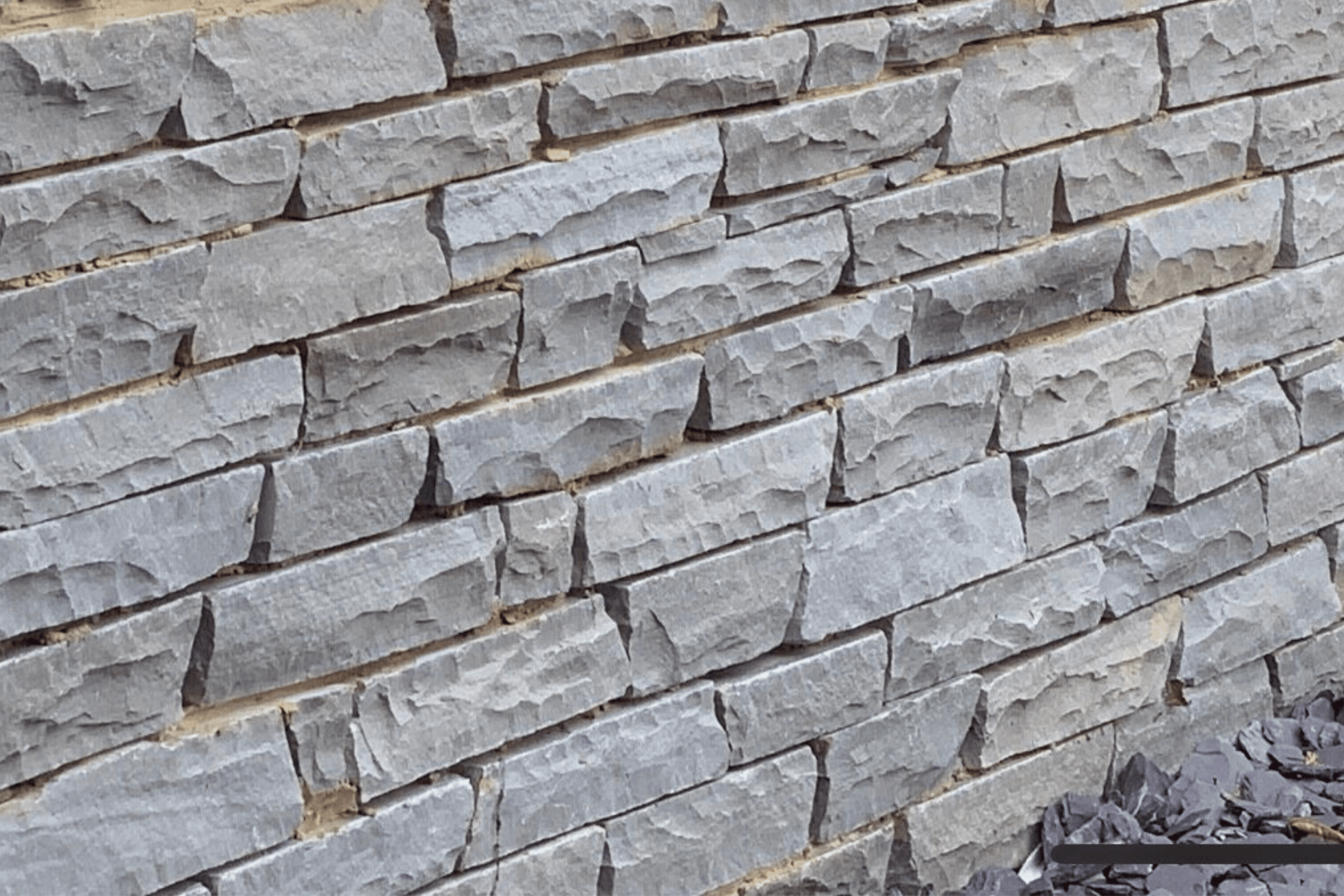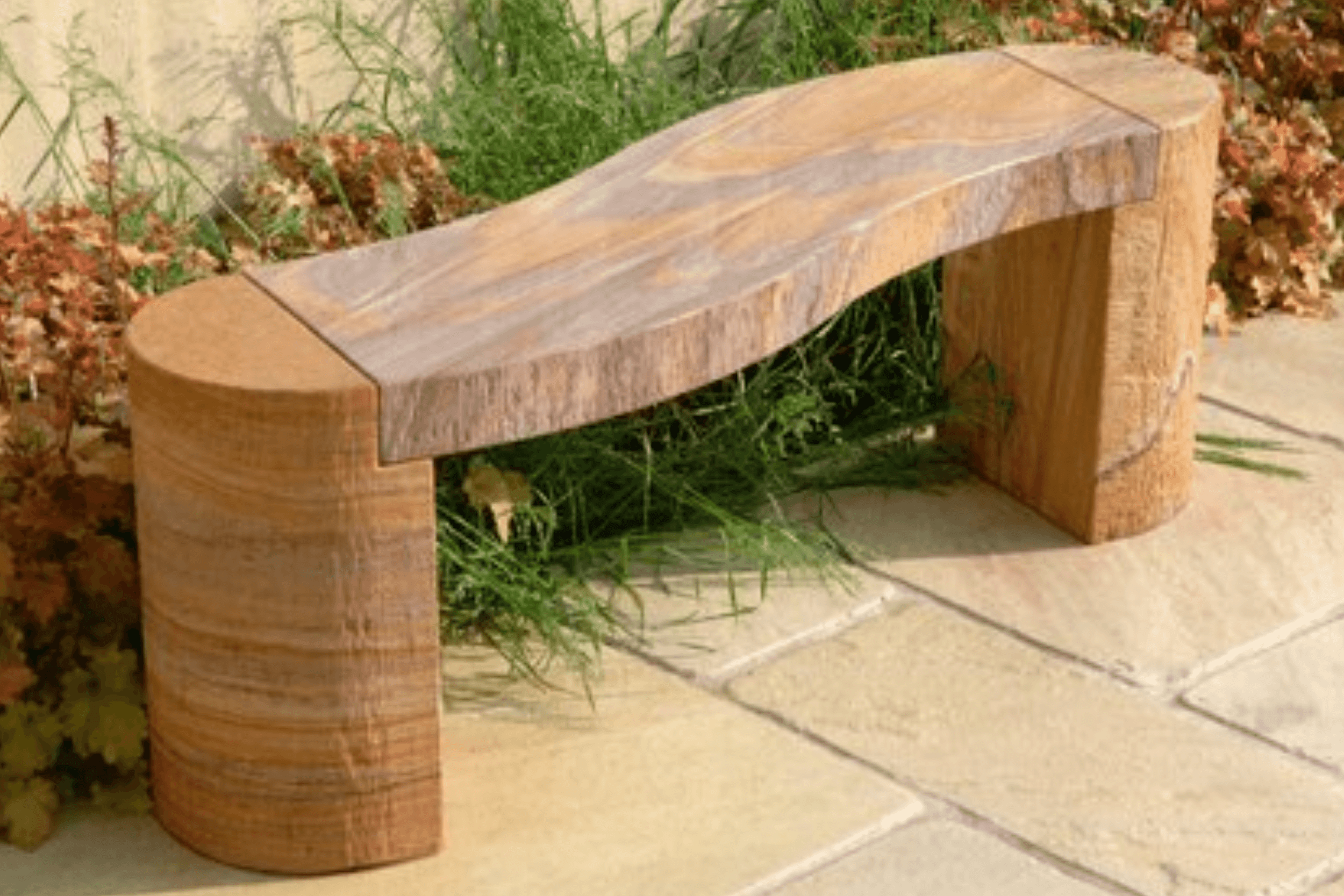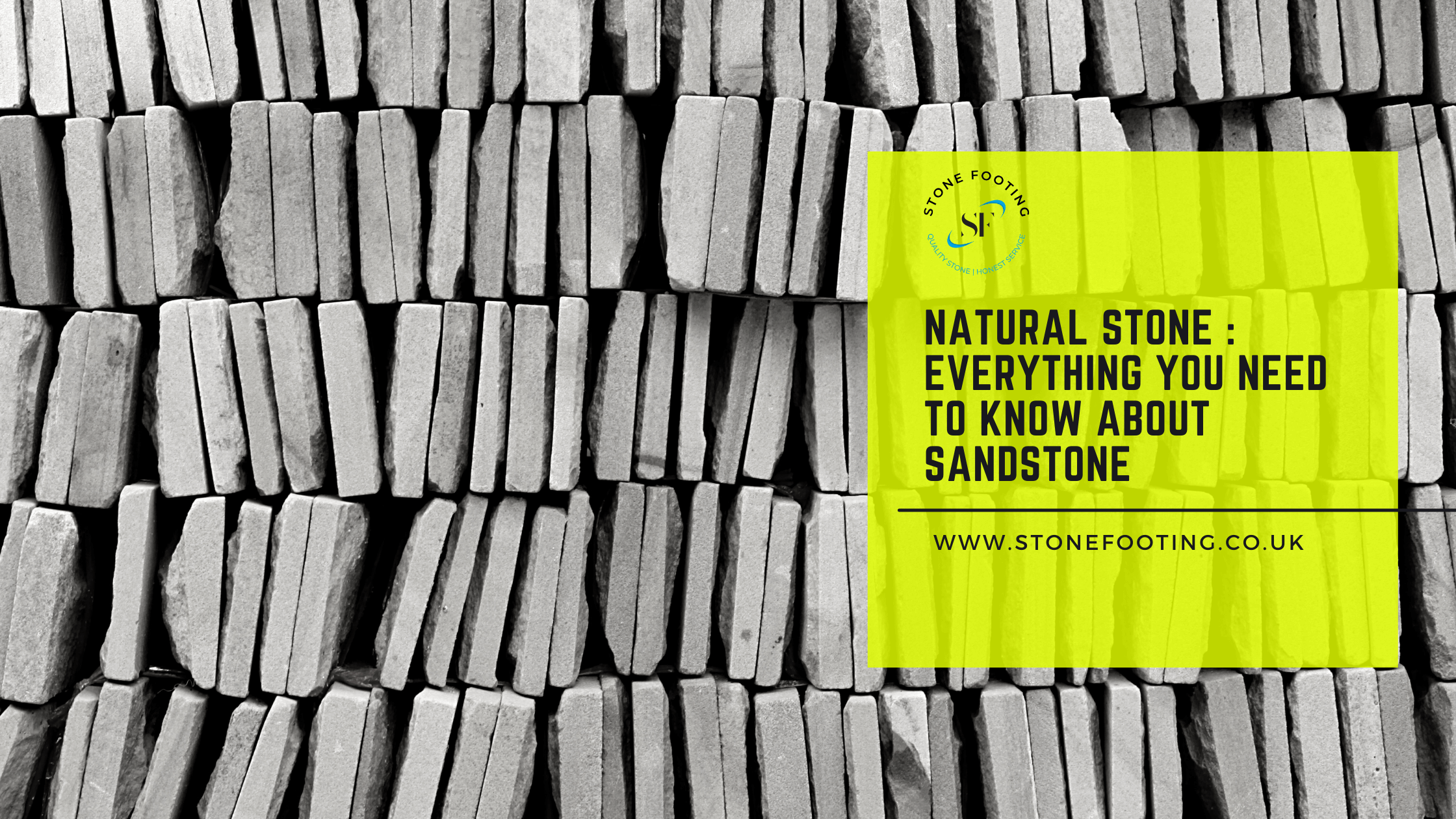The natural stone sandstone is amazing. It is popular not just because of its particular look, but also because it has long been a durable pavement material. Sandstone’s distinct appearance may add the right finishing touch to any home’s decor. Many owners like the landscaping material because of its endurance, especially in high-traffic areas.
Additionally, sandstone may be used for both residential and commercial purposes. If you want to spruce up your backyard, porch, or garden, this is a wonderful option. Sandstone, on the other hand, also adds depth and warmth to commercial structures.
Everything You Need To Know About Sandstone
What Is Sandstone?
Sandstone is a sedimentary rock that is mostly made up of sand-sized mineral or rock grains. Because quartz and/or feldspar are the most frequent minerals in the Earth’s crust, they make up the majority of sandstone. Sandstone may be any color, much like sand, although the most prevalent hues are tan, brown, yellow, red, gray, and white. Because sandstone layers frequently generate obviously visible cliffs and other geographical features, various sandstone hues have been strongly associated with specific places. Some sandstones are resistant to weathering while remaining simple to deal with. As a result, sandstone is widely used for construction and paving. Sandstone is an ideal material for making grindstones, which are used to sharpen blades and other utensils, due to the hardness of the individual grains, consistency of grain size, and friability of its structure. Grindstones for grinding grain, such as gritstone, can be made from non-friable sandstone. Sandstone aquifers are useful because they enable water to percolate and are porous enough to retain huge amounts of water. Fine-grained aquifers, such as sandstones, are better at filtering pollutants from the surface than rocks with cracks and fissures, such as limestones or other seismically fractured rocks.
How Is Sandstone Formed?
The production of sandstone is divided into two stages. First, sedimentation accumulates a layer or layers of sand, either from water or from the air. In most circumstances, sand settles out of suspension or starts being tossed or bounced along the bottom of a body of water or the ground surface. Finally, once the sand has accumulated, it is crushed by underlying layers and cemented by mineral precipitation within the pore spaces between sand grains, resulting in sandstone.
Sandstone Paving
For natural sandstone paving in gardens, Indian sandstone is frequently the first option. Why? It’s sturdy, long-lasting, and attractive. It’s a simple way to incorporate natural stone into your outdoor space, giving it a rustic feel. It also doesn’t cost a fortune. Indian sandstone paving is a low-cost option for your pavement requirements. It comes in a broad range of colors and finishes to complement your landscape, all of which have the same outstanding character and strength.
Uses Of Sandstone
Indian Sandstone has been the material of choice for building and the creation of artifacts and ornamental objects due to its strength, durability, resistance to abrasion and environmental degradation, resistance properties, and ease of handling and accessibility. It may be used for roofing, flooring, pavement, paneling, beams, pillars, doors, and window sills, among other things. It has been discovered to be the best material for carving screens. It’s most suited to usage in chemical plants.
Finishes
To suit varied uses, Indian Sandstone is offered in a variety of finishes such as natural cleft, flamed, polished, honed, bush hammered, sawn, acid washed, antique finish, and sand blasted. The finish and smoothness of sandstone tiles and slabs is determined by the edge finish, which can be machine cut, sawn, hand chiseled, hand dressed, chamfered, or beveled. The edges have a significant impact on the overall look of the architecture in which they are employed.
Advantages
Sandstone has the benefit of having a distinct, unique appearance that adds value to the construction in which it is utilized. It’s a tough substance that doesn’t scratch or chip readily. This indicates that it is a long-lasting natural stone.
Also, Sandstone is a natural material that may be used with a variety of different materials. Sandstone’s hues complement a wide range of other materials, allowing it to be employed in a wide range of designs. Sandstones come in a variety of neutral colors, including brown, gray, red, beige, and many more. There are, however, non-neutral sandstone hues.
Disadvantages
Sandstone is permeable, which is one disadvantage. All-natural natural stone materials, but notably sandstone, are affected in this way. To one degree or another, every natural stone is absorbent. This indicates that it may be stained by liquids. Sandstone may be cared for and maintained in a variety of ways.
Furthermore, a diamond blade designed for cutting hard stone materials must be used while creating sandstone. As a result, obtaining equipment that is capable of cutting extremely hard materials is crucial to dealing with sandstone in the production process.
Bottom Line!!
Stone Footing’s sandstones are quite stunning and will increase the value of your home. Your visitors will be blown away when they step into your home and see your magnificent sandstone floors. So, if you’re ready to employ sandstone in your next landscaping project, pick a variety and color that complements your home’s decor. Don’t just pick any sandstone; ask for Stone Footing, the leading wholesaler of sandstones in various finishes at the best prices! All of our sandstones are calibrated to maintain a uniform thickness, making installation a breeze. They’re also engineered to fit seamlessly into geometric designs.
Frequently Asked Questions
What are the three most interesting facts about sandstone?
There are three types of sandstone: arkosic, quartzose, and argillaceous. Sandstone’s porous nature allows it to act as a natural filter, removing contaminants from flowing water. Sandstone is frequently broken down and utilized in the manufacturing of industrial sand. Underground sandstone may convey groundwater.
Is sandstone a natural stone or a man-made stone?
The most prevalent natural materials are sandstone, slate, limestone, and granite, each with its own set of characteristics.
What are the advantages of sandstone?
Sandstone is commonly associated with outdoor applications like road paving and garden decorating, but it has a lot more to offer. It may also be utilized as a building material for your new home or business, and the polish and durability that sandstone provides will make it worthwhile.

